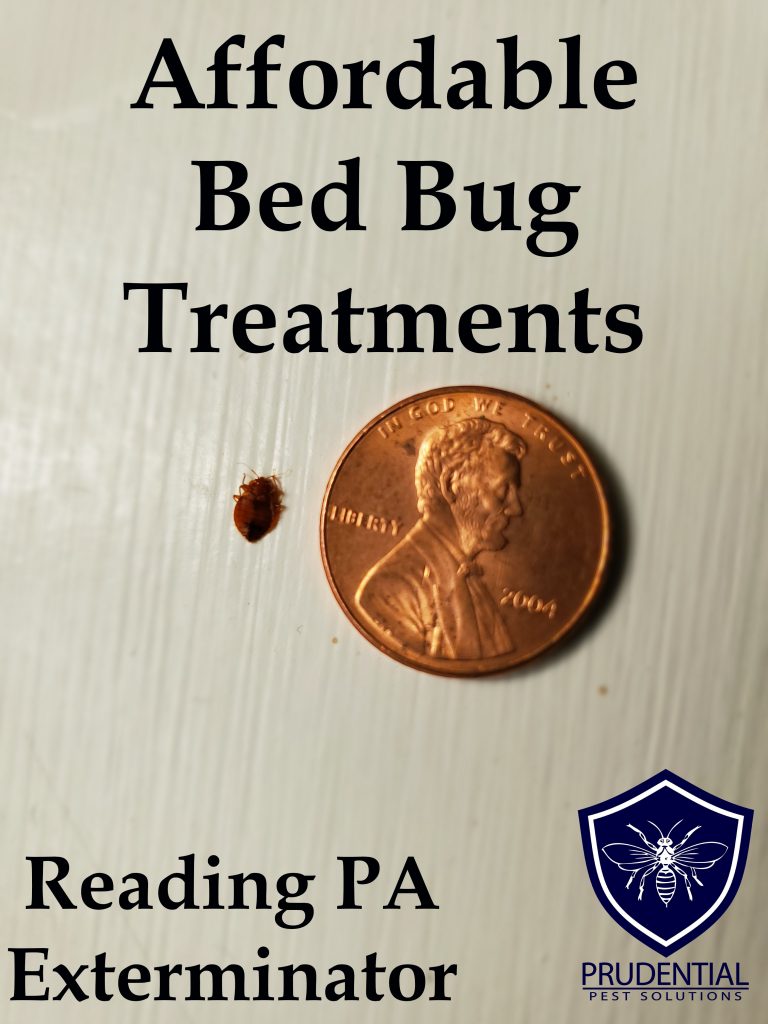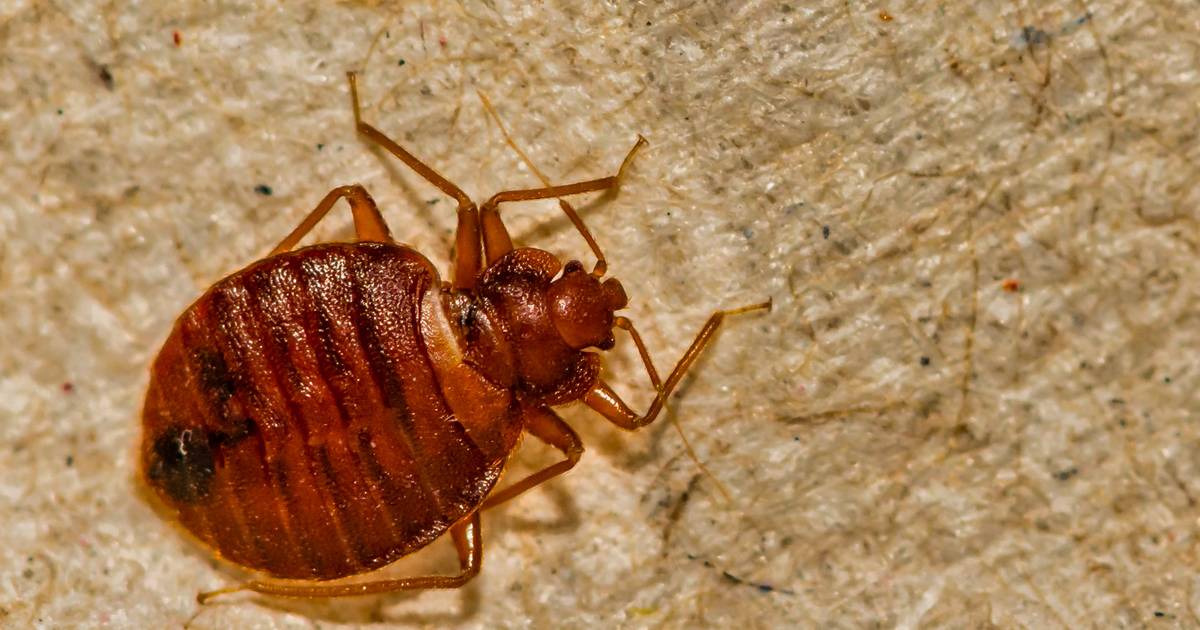Get Educated About the Kinds Of Bug Control Approaches and Their Benefits for House Owners
Understanding the different parasite control methods readily available to home owners is necessary for reliable pest monitoring. Property owners that are educated can make calculated choices that not only address parasite issues but additionally enhance the total quality of their living environment.
Chemical Insect Control Approaches
Chemical pest control techniques are an essential component of incorporated insect management strategies for property owners looking for reliable services to pest problems. These techniques involve the application of chemical compounds developed to eliminate or prevent bugs that endanger individual home, health, and convenience. Common chemicals used consist of insecticides, fungicides, rodenticides, and herbicides, each customized to target certain insects.
The primary advantage of chemical bug control is its quick efficiency; lots of formulas give immediate results, minimizing pest populaces significantly in a short time. Additionally, breakthroughs in chemical formulations have led to items that are a lot more ecologically friendly and have lower poisoning levels for non-target organisms when used correctly.

Organic Pest Control Strategies
Natural parasite control methods have obtained prestige as house owners seek safer and extra sustainable options to typical chemical approaches. Organic pest control strategies utilize all-natural killers, bloodsuckers, or microorganisms to take care of bug populaces efficiently. This method is not only environmentally friendly however also reduces the danger of harm to non-target types, consisting of advantageous insects and wild animals.
One of one of the most typical organic control techniques involves introducing all-natural killers right into the atmosphere. Ladybugs can be made use of to control aphid populaces, while nematodes target soil-dwelling pests like grubs. Furthermore, parasitoids-- microorganisms that survive or within a host-- can be used to manage details pest varieties by laying eggs inside them, eventually leading to their demise.
One more method is the use of biopesticides, which are obtained from natural materials such as plants, minerals, or bacteria (bed bug exterminator). These items can properly target bugs while posing marginal risk to humans and pets. In general, organic pest control methods supply home owners with an efficient methods of bug monitoring that aligns with ecological principles, advertising a healthier living setting while lowering dependence on artificial chemicals
Mechanical Insect Control Approaches
Mechanical bug control methods encompass a variety of approaches that literally prevent or eliminate bugs without the usage of chemicals. These techniques are specifically helpful for house owners looking for eco-friendly choices while making certain the security of their space.
One typical method is using barriers, such as internet, displays, and traps, which stop parasites from entering homes or particular locations. For example, mounting home window displays can properly keep insects out, while using physical obstacles around gardens can prevent bigger bugs like deer or rabbits. Additionally, mechanical catches made for rodents can capture and eliminate these pests without the demand for poisonous materials.
One more effective technique entails using vacuums and mops to remove insects directly from surfaces. Regular cleansing and upkeep can considerably reduce parasite populaces by getting rid of food resources and hiding places. Utilizing tools like ultrasonic parasite repellents can deter different insects with sound waves that are undesirable to them but faint to human beings.
Social Pest Control Practices
Social bug control practices focus on modifying the atmosphere and administration strategies to create problems that are less for pest infestations. These techniques are basic in maintaining a balanced environment and minimizing the reliance on chemical interventions. By changing farming practices, house owners can successfully discourage bugs while advertising plant health and wellness.
One typical method Clicking Here consists of plant turning, which disrupts the life process of bugs by altering the sorts of plants grown in a certain area (bed bug exterminator). This not only reduces pest populations however likewise improves soil wellness. In how to get rid of bed bugs addition, intercropping-- planting diverse crops in proximity-- can puzzle parasites and decrease their ability to find their favored host plants
Water monitoring is one more crucial aspect of cultural methods. Appropriate watering strategies can prevent standing water, which acts as a reproduction ground for insects and other bugs. Preserving cleanliness in and around the home, such as on a regular basis eliminating debris and food waste, can dramatically reduce bug attraction.
Including these cultural practices into an extensive pest management strategy allows house owners to create an atmosphere that normally discourages bugs, consequently improving the effectiveness of other control approaches while advertising sustainable gardening and landscape design.

Integrated Parasite Monitoring Approaches
Integrated Insect Management (IPM) represents an alternative method that integrates various strategies to successfully handle parasite populations while lessening ecological impact. This methodology integrates organic, cultural, physical, and chemical methods to achieve lasting pest control. By analyzing pest populations and their natural opponents, IPM emphasizes monitoring and recognizing pests before executing control procedures.
One of the core principles of IPM is the use of limits, which establish the degree of pest activity that calls for intervention. This guarantees that treatments are applied just when needed, reducing the dependence on chemical pesticides. Organic control approaches, such as presenting all-natural predators or bloodsuckers, operate in conjunction with social techniques like crop rotation and find more habitat adjustment to interfere with pest life cycles.
Furthermore, IPM urges making use of least-toxic chemical options when intervention is required, prioritizing items that pose marginal danger to non-target organisms and the setting. For homeowners, taking on IPM approaches not just enhances the effectiveness of insect administration but additionally advertises a healthier living setting, fostering biodiversity and lowering chemical direct exposure. Eventually, IPM equips property owners to make educated choices that balance insect control with eco-friendly responsibility.
Final Thought
To conclude, recognizing the different bug control techniques empowers home owners to make enlightened choices pertaining to pest monitoring. Each strategy-- chemical, biological, mechanical, cultural, and integrated insect management-- offers unique benefits that provide to various needs and preferences. By selecting suitable methods, property owners can effectively manage parasite populaces while reducing health and wellness threats and ecological impacts. This enlightened approach adds to a much healthier living atmosphere, advertising total health for families and pet dogs alike.
Comprehending the different insect control methods readily available to property owners is important for effective bug management.Chemical pest control approaches are a critical component of incorporated pest management strategies for homeowners seeking efficient solutions to pest invasions. In general, biological pest control methods give house owners with an effective methods of bug administration that straightens with eco-friendly principles, advertising a healthier living atmosphere while decreasing dependence on synthetic chemicals.
Social insect control techniques focus on modifying the atmosphere and administration strategies to develop problems that are much less favorable to pest invasions.In conclusion, understanding the numerous pest control approaches equips homeowners to make informed decisions relating to pest administration.